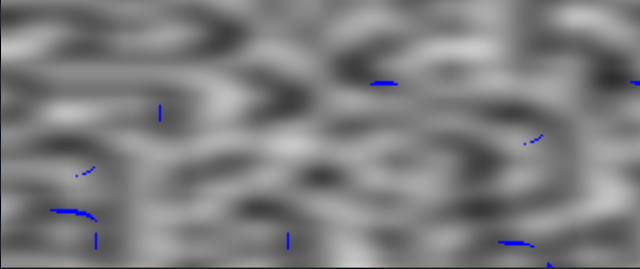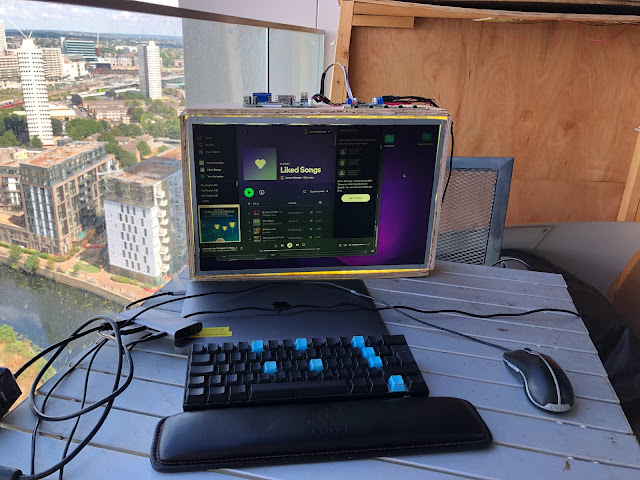Scroll for yourself

Many of the apps we are enticed to use have a feature of scrolling down a feed. It's an almost mindless activity which due to the intermittent variable rewards principle is addictive in nature. It is now a well known fact thanks to documentaries like the social dilemma on netflix that these feeds are engineered to captivate you attention. There is a phrase that I like “ If you are not paying for it then you are the product ” which applies to these free services we use every day. Facebook’s consumers are not the people who scroll down their news feeds for hours at a time, the consumers are the advertisers who pay facebook to promote their posts and place the adverts. What those consumers are paying for is the attention of the mindless scrollers (myself included). I turn to mindless scrolling when my mind is particularly weak, when I’m too tired to do anything useful. When it isn’t the right time of the day to just have another coffee so as to do...



